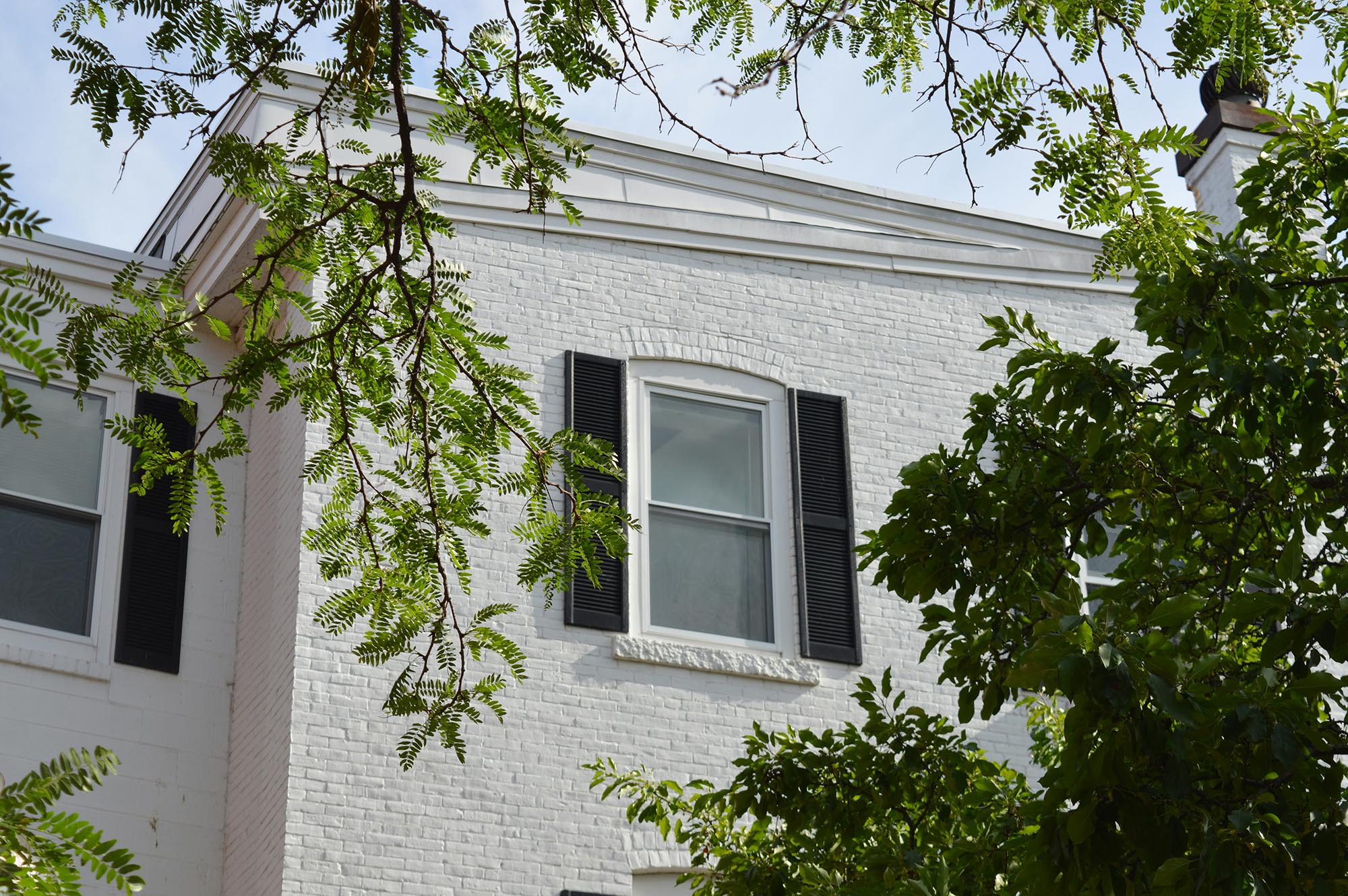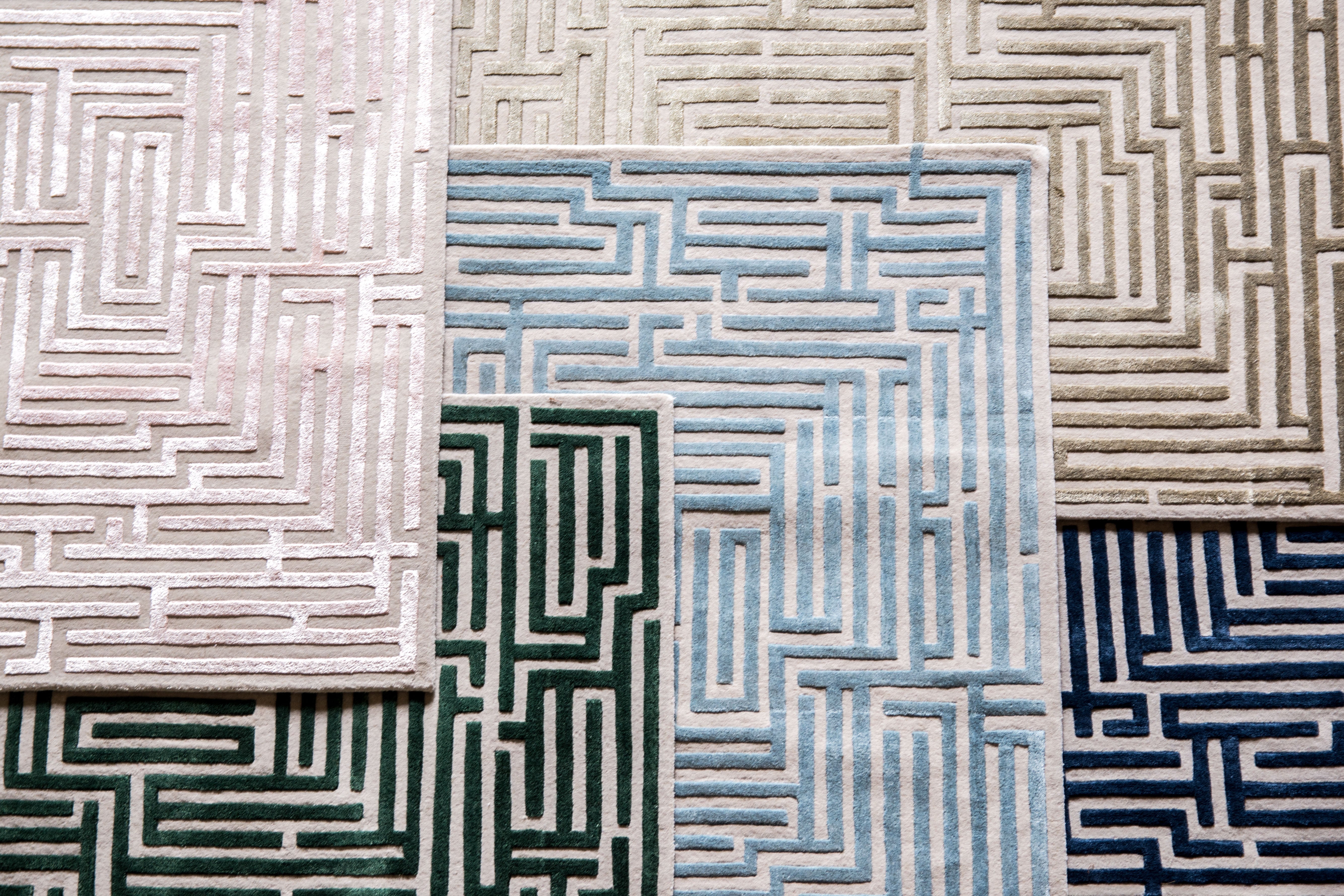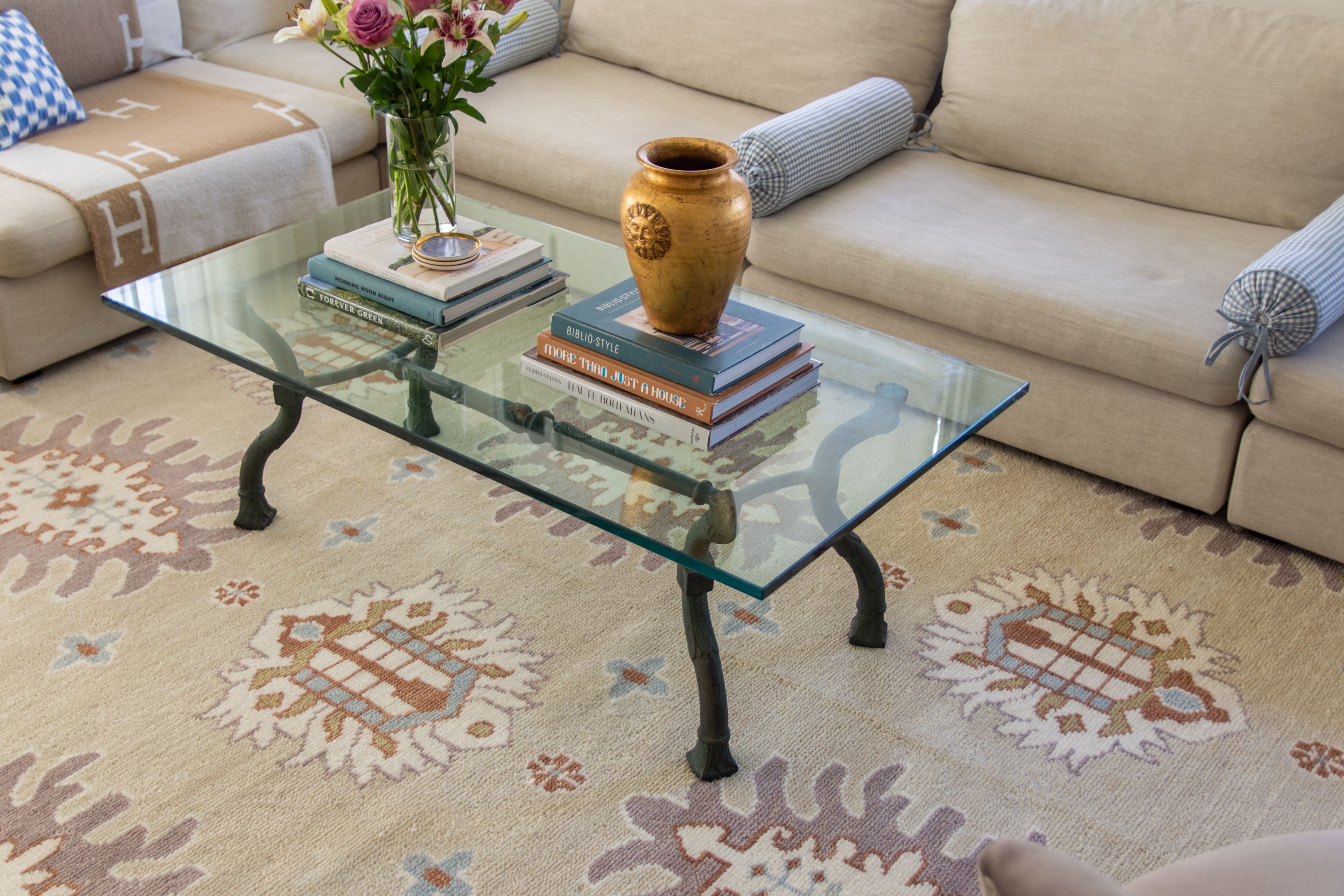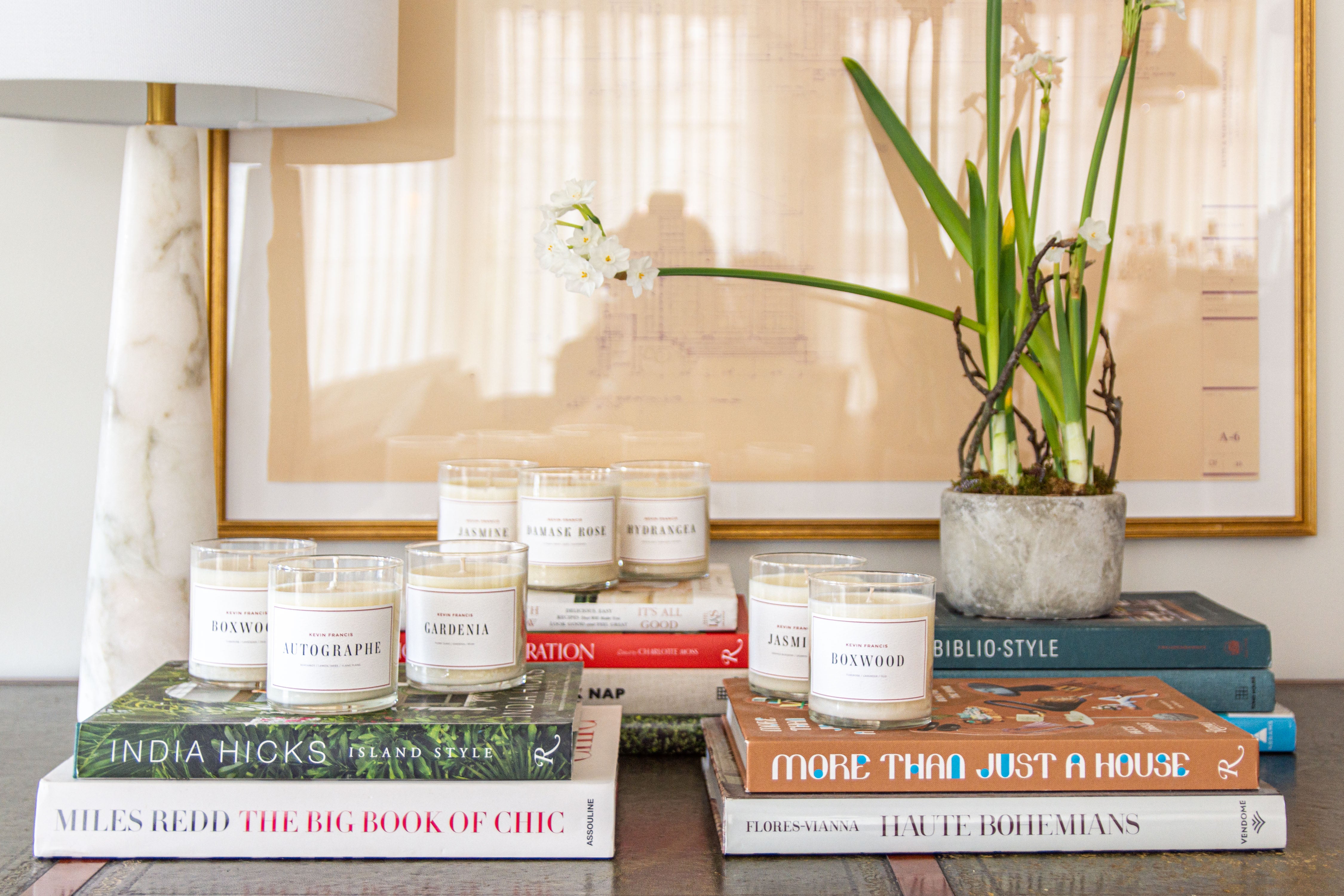Signs of Mold Infestation: When to Consider Mold Remediation Services

Mold isn't just an unwelcome guest at your home; it's a potentially dangerous one. A silent intruder, mold creeps into the most unexpected places, wreaking havoc on our health and properties. Despite its stealthy nature, mold infestations often leave telltale signs that can be detected if you know what to look for.
When it comes to mold, the old adage "out of sight, out of mind" could not be more untrue. Early detection and timely intervention are critical, as mold can pose serious health risks, particularly for those with allergies and respiratory conditions. This comprehensive guide will walk you through six key indicators of mold infestation and when it's time to seek professional mold remediation services.
Musty Odor Can be the First Clue
The unmistakable, earthy smell of mold is often the first indication that it's taken up residence in your home. This odor, often described as musty or damp, is a result of the volatile organic compounds (VOCs) that mold releases as it grows. While not all mold is detected by smell, it can indicate a larger issue even if the source isn't immediately visible.
Don't be complacent if you don't see the mold outright. Mold can thrive in dark, damp places such as crawl spaces, under sinks, and behind drywall. If you notice a persistently musty smell in your home, it's time to take action and investigate further.
Visual Clues: Not Just Black Stains
Mold comes in many colors, and the most commonly recognized is black mold, or Stachybotrys. However, mold isn't always a dramatic black hue. It can appear as patches of gray, green, brown, or even white. These patches typically grow in fuzzy or slimy textures, varying in appearance based on the species and conditions.
Keep an eye out for these visual cues in commonly affected areas, such as bathrooms, kitchens, and basements. Look for discoloration on walls, ceilings, and surfaces near water sources. Be particularly attentive to changes in the appearance of materials; this could signify the presence and growth of mold colonies.
Water Damage is Mold's Best Friend
Where there's water damage, mold is likely not far behind. Any area in your home that has experienced leaks, flooding, or high humidity is a prime candidate for developing mold. Water-damaged materials provide the perfect environment for mold to thrive, with organic matter and moisture readily available. It's vital to employ professionals for the removal of mold once it's been detected to ensure a thorough and safe eradication. Experienced mold remediation teams employ specialized equipment and techniques to remove mold colonies entirely, addressing the root of the problem rather than just its symptoms. This not only helps restore the health of your living space but also prevents future infestations by identifying and mitigating the underlying issues causing mold growth.
Respiratory Symptoms May Signal a Hidden Infestation
Health issues, especially respiratory symptoms, can be indicative of mold growth. For those with mold allergies or sensitivities, exposure to mold spores can cause a range of symptoms, including sneezing, coughing, sore throat, and shortness of breath. Long-term exposure can lead to more severe conditions such as asthma and even mold-related lung diseases.
If members of your household are consistently experiencing unexplained respiratory ailments, it's worth exploring whether mold could be the culprit. Remember, mold isn't always visible, so health concerns may precede physical signs of mold growth. Take any unexplained symptoms seriously and consider a thorough inspection of your home for mold.
High Humidity Is an Enabler
Mold thrives in environments with high humidity, typically over 60%. The higher the humidity, the more likely mold is to take root and proliferate. Areas of your home that experience consistently high humidity, such as poorly ventilated bathrooms and unvented clothes dryers, are at an increased risk.
Incorporate regular checks with a humidity meter in these areas, aiming for a relative humidity level between 30-50%. Dehumidifiers and proper ventilation can help reduce humidity levels and mitigate the risk of mold growth. To prevent future infestations, it's important to manage and control the humidity in your home.
Insulation Can Harbor Mold Without You Knowing
Insulation is a prime spot for mold growth, and its location in walls and attics makes it particularly difficult to detect. Insulators that are porous, such as fiberglass, can trap moisture and create the ideal environment for mold to grow without your knowledge.
In case of any suspected mold growth, contact a professional to safely inspect and remove the mold from the insulation. Moisture barriers, improved ventilation, and regular checks can help prevent mold from becoming a recurring issue in these hidden spaces.
Understanding and recognizing the signs of mold infestation is pivotal for maintaining a healthy and safe living environment. From the unmistakable musty odor and visible discolored patches to the more insidious effects of water damage, respiratory symptoms, high humidity, and compromised insulation, each indicator serves as a warning to take immediate action. Ignoring these signs can lead to serious health risks and substantial damage to your property. Employing professional mold remediation services is a crucial step in ensuring the complete removal of mold colonies and addressing the root causes of mold growth. By staying vigilant and proactive in monitoring for signs of mold, homeowners can protect their health and their homes from the detrimental effects of mold infestation.









